Basic Italian Macarons Recipe
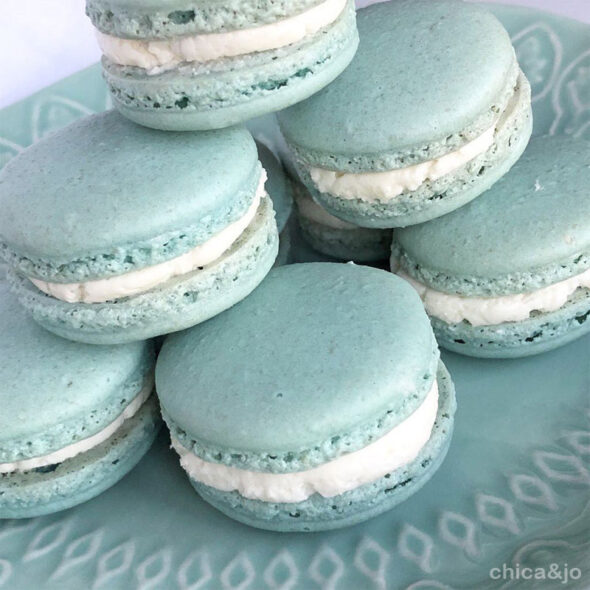
Whenever we want a decadent and tasty dessert for a party or special occasion, we love to make macarons. The light and airy discs, sandwiched with luscious fillings, are always a hit. We love to make different flavors, colors, and fillings, but it all comes down to a simple basic French macaron recipe that we'd like to share with you today.
What's the difference between macarons and macaroons?
Before we even start talking about macarons, let's talk about their double-o cousin, the macaroon. Often mistaken for each other, the two confections have one key difference — macaroons have coconut flakes in them, but macarons are made with almond flour. This difference makes them two completely different types of sweets that share little in common other than their similar names.
Macaroons are rough-topped, soft cookies full of texture. Macarons are light and airy, smooth-domed sweets with filling. We are focusing on macarons today, in particular the Italian variety.
What's the difference between French and Italian method macarons?
It all comes down to how the meringue is made in the first place. In the French macaron method, the meringue is made by whipping the dry sugar and uncooked egg whites together until fluffy and stiff. in the Italian macaron method, the sugar is first melted into a syrup and then added slowly to the whipping egg whites, which cooks them.
Italian meringues are much more stable, giving the macarons a tendency for higher rise, better feet, a sweeter taste, and a more crunchy texture. French meringues are more unstable, and have a less sweet taste and a chewier texture.
In addition, French macarons generally contain more almond flour, so they will have a stronger almond flavor. It all comes down to personal preference, and we prefer Italian method.
Supplies for making macarons
Most of the supplies needed to make macarons are pretty basic, such as a stand mixer, candy thermometer, parchment paper, and large, flat baking sheets. You'll also need a kitchen scale for proper measuring and a piping bag and large, round #2A piping tip.
Whenever working with a candy thermometer, we recommend that you first calibrate it to be sure you're getting accurate temperature readings. You can learn how to calibrate your thermometer in our hard candy making tutorial post.
Ingredients for making macarons
The main ingredient in macarons is almond flour (ground almonds). You'll also need egg whites, salt, sugar, water, and food coloring (optional).
For best results with the egg whites, we recommend aging them so they whip better, giving you an ideal meringue. Aging is super easy — just separate your eggs the night before and leave the whites out on the counter overnight. Or if you don't have that much time, just pop them in the microwave for 15-20 seconds to warm them gently (be careful not to cook them!) so they are runnier and whip up better.
Mixing the dry ingredients
Start by mixing the almond flour and confectioner's sugar together in a large bowl. Optionally you can also add egg white powder, which will give you a more stable meringue. (Note that meringue powder is not a good substitute for this because of the additives it has.) Mix these ingredients well with a whisk, or for even better results, pulse it 1-2 times in a food processor.
Making the Italian meringue
Separate your room temperature eggs and weigh out the correct amount of whites. (Save the yolks in the fridge for another recipe!) If you didn't age them as mentioned previously, pop them in the microwave for a few seconds to warm them up so they are runnier and will whip better.
Put the egg whites and salt in the bowl of your stand mixer with the whisk attachment and set aside for now.
Put the granulated sugar and half the water (56g) in a small saucepan over medium heat and sir until dissolved. Clip on a candy thermometer.
When the sugar temperature reaches 210F, turn the stand mixer on at medium speed and begin beating the egg whites. Continue until they are good and foamy, but not stiff.
When the sugar mixture reaches 240F, immediately remove the pan from the heat. Carefully pour the syrup in a thin stream into the bowl the egg whites are in, continuing to whip them as you pour until all the syrup is incorporated.
Increase the mixer speed to high and whisk until soft peaks. Do not over-mix — it should be soft peaks but not stiff.
Making the perfect macronage
Add the other half of the water (56g) to the bowl with dry ingredients, along with food coloring if desired.
Mix well to make a paste, making sure your coloring is evenly distributed. Make the color darker than you want the final cookies to be — we'll be adding lots of meringue which will lighten it, and the baking process will lighten them a little as well.
Scoop half of the meringue out and put it in the bowl with the paste.
Stir the meringue and paste together well to lighten the mixture. You don't need to worry about folding carefully, just mix it up and make sure all the white streaks are gone.
Add the remaining meringue into the bowl.
This time, fold the meringue gently into the batter, rather than stirring it.
Continue folding until the batter is loose, but not runny. At the proper consistency, the batter should cascade as a thick ribbon when lifted with a spatula.
Piping the macarons
Equip a disposable piping bag with a #2A piping tip and prop it up (tip down) in a glass to hold it. Then fill it no more than 2/3 full with the macaron batter.
Line baking sheets with parchment paper and pipe rounds of batter onto parchment paper, trying to make them all the same size if you can.
Raise the pan about a foot off the counter and drop it, so that it smacks down on the counter and makes an awful noise. Do this twice for each baking sheet. This will help give the mounds a smooth, round, finish.
Let the macarons sit at room temperature for about 30-60 minutes to dry out slightly and form a skin. They are ready if they are not sticky when you lightly touch them with your finger.
Cooking the macarons
Preheat the oven to 275F and bake the macarons on the middle shelf for 20 minutes, rotating the tray once midway for more even baking.
Remove from oven and allow to cool thoroughly.
Filling the macarons
Peel the cooled shells off the parchment paper paper and pair them up, matching the sizes of the two halves.
Pipe your favorite filling onto one half, then press the other into place to form a sandwich.
Storing and serving macarons
When your macarons are filled, place them in an airtight container and put them in the refrigerator for at least 24 hours. This will allow the textures to even out and result in a tastier, less crumbly texture. Keep in the refrigerator until ready to serve. Macarons taste best after 1-2 days.
Italian Macarons
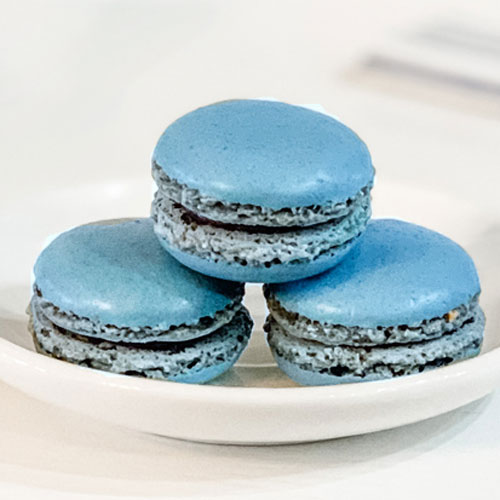
A basic Italian macaron recipe perfect for customizing with your own colors and fillings.
Ingredients
- 215g almond flour
- 200g powdered sugar
- 13 g egg white powder (optional)
- 108g egg whites (approx 3 eggs) at room temperature
- 1/2 tsp salt
- 200g granulated sugar
- 112g water (divided)
- food coloring (optional)
Instructions
- Put almond flour, powdered sugar, and egg white powder in a large bowl and use a whisk to mix until well incorporated. Set aside.
- Put the egg whites and salt in the bowl of your stand mixer with whisk attachment and set aside.
- Put the granulated sugar and half the water (56g) in a small saucepan over medium heat and sir until dissolved. Clip on a candy thermometer.
- When the sugar temperature reaches 210F, turn the stand mixer on at medium speed and begin beating the egg whites. Continue until foamy but not stiff.
- When the sugar mixture reaches 240F, immediately remove the pan from the heat. Carefully pour the syrup in a thin stream into the bowl the egg whites are in, continuing to whip them as you pour until all syrup is incorporated.
- Increase the mixer speed to high and whisk until soft peaks. Do not overmix -- it should be soft peaks but not stiff. Turn off mixer.
- Add the other half of the water (56g) to the bowl with dry ingredients, along with food coloring if desired. Mix well to make a paste.
- Transfer half of the meringue into the paste and stir well to incorporate.
- Add the remaining meringue and gently fold it into the batter until it is loose, but not runny. At the proper consistency, the batter should cascade as a thick ribbon when lifted with a spatula.
- Transfer the batter to a pastry bag fitted with a large round tip.
- Line baking sheets with parchment paper.
- Pipe rounds of batter onto parchment paper.
- Let the macarons sit at room temperature 30-60mins to dry out slightly and form a skin. They are ready if they are not sticky when you lightly touch them with your finger.
- Preheat oven to 275F and bake the macarons on the middle shelf for 20 minutes, rotating the tray once midway for more even baking.
- Remove from oven and allow to cool thoroughly.
- Peel shells off paper and pair them up, matching size of two halves.
- Pipe filling of your choice between two halves.
- Refrigerate at least 24hrs in an airtight container before serving, for best texture.
Notes
Macarons taste best when they are 1-2 days old.




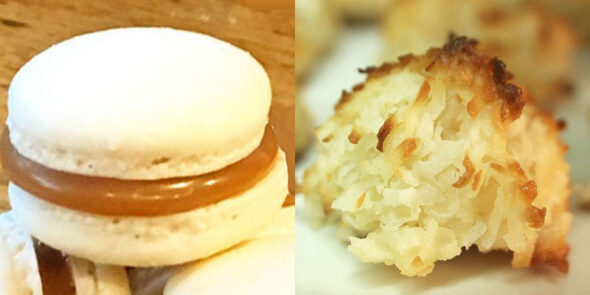
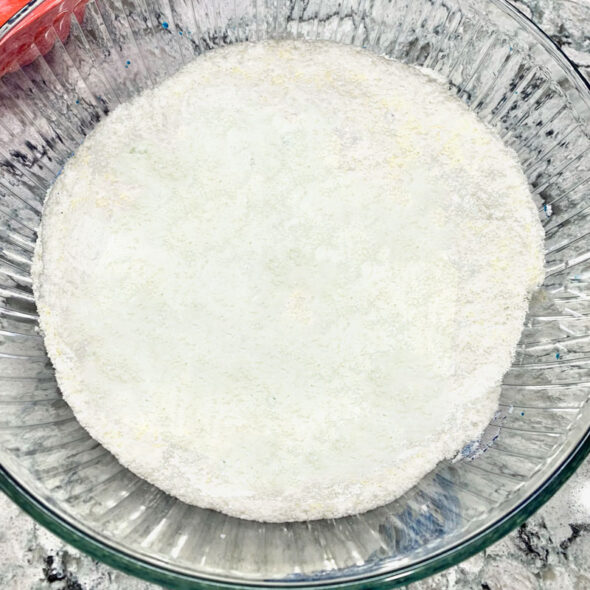
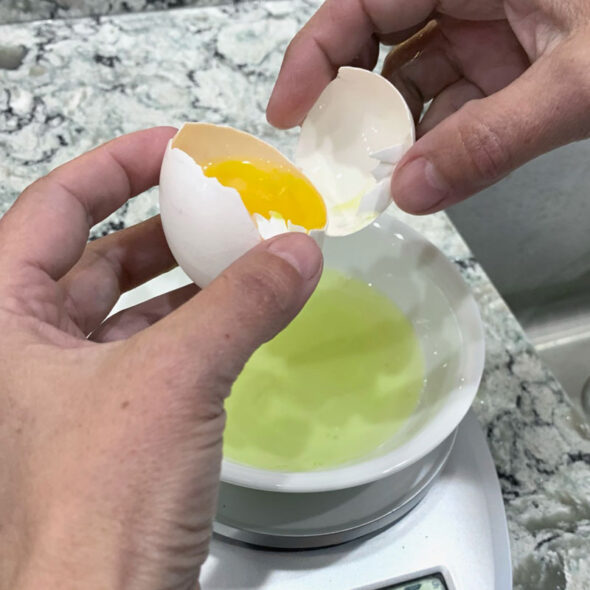
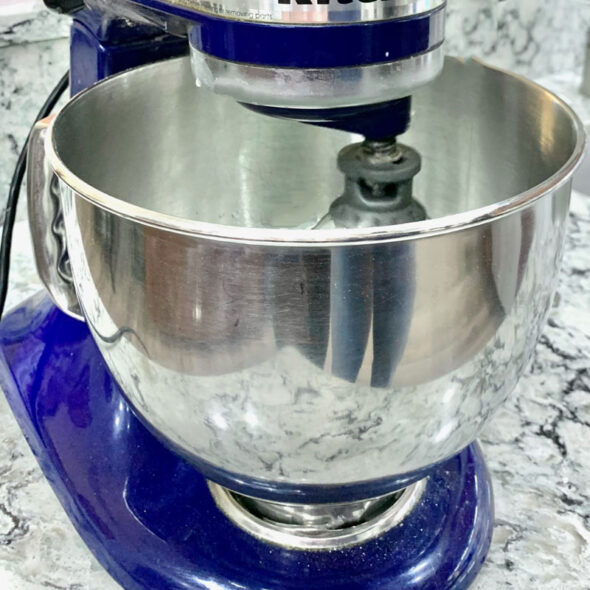
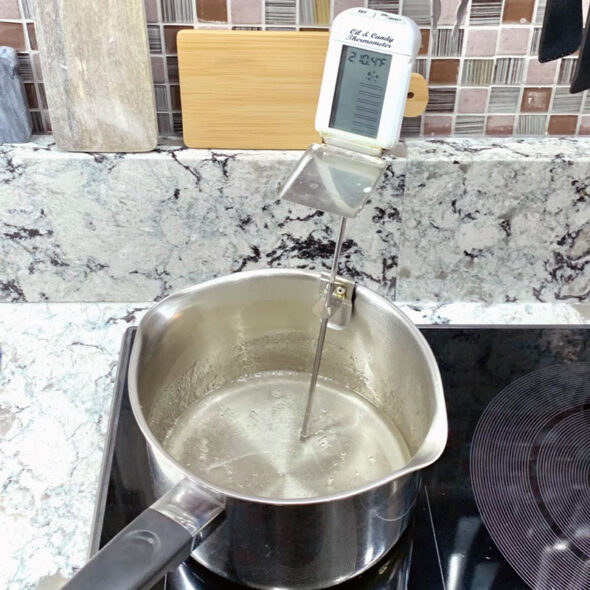
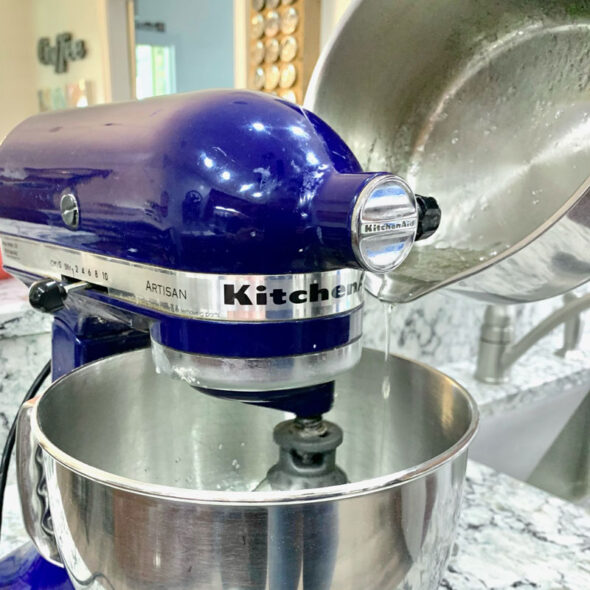
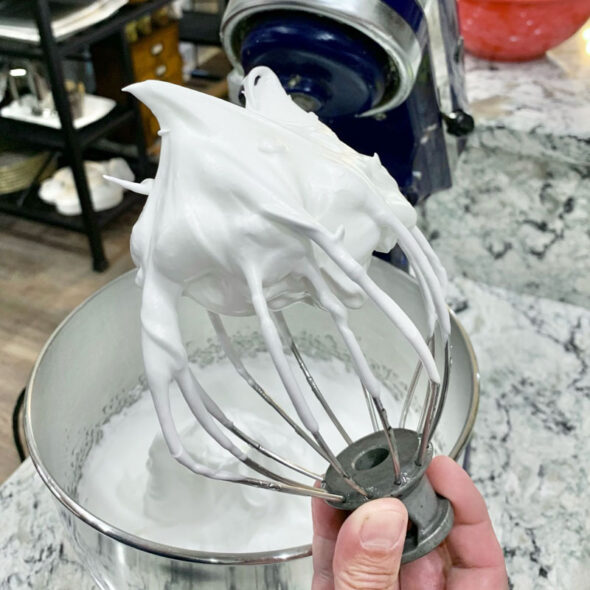
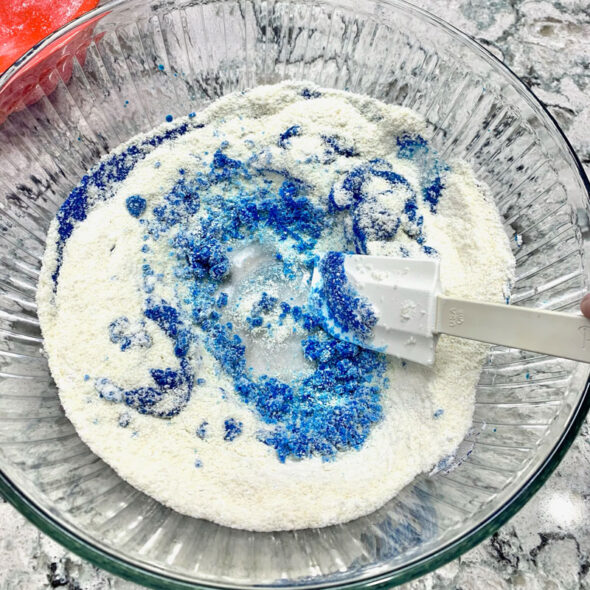
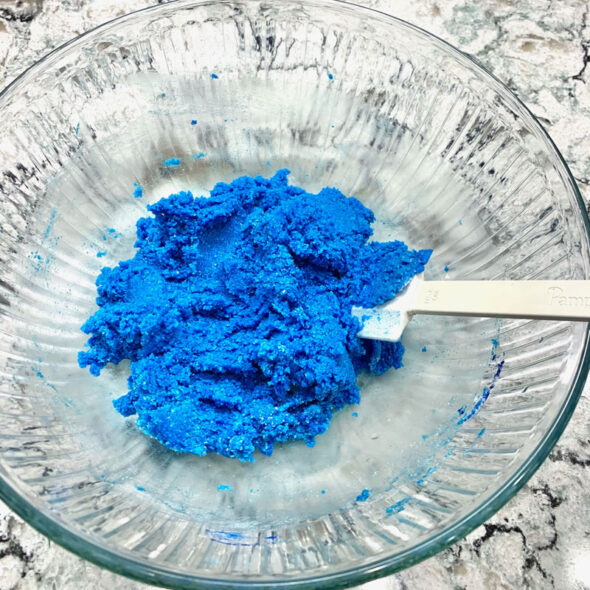
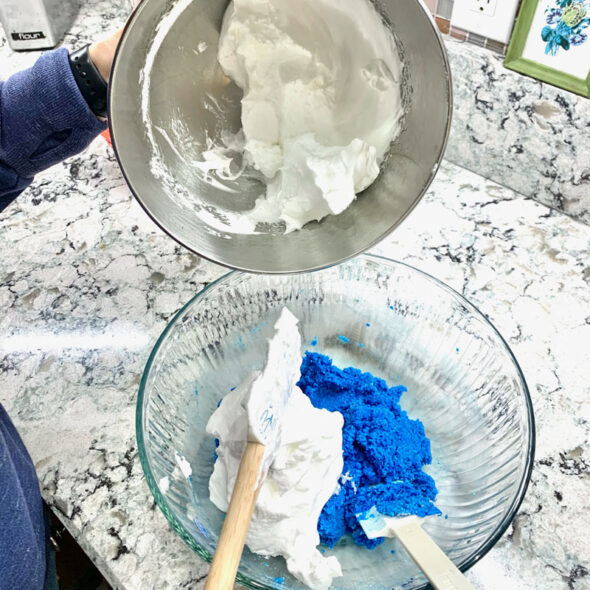
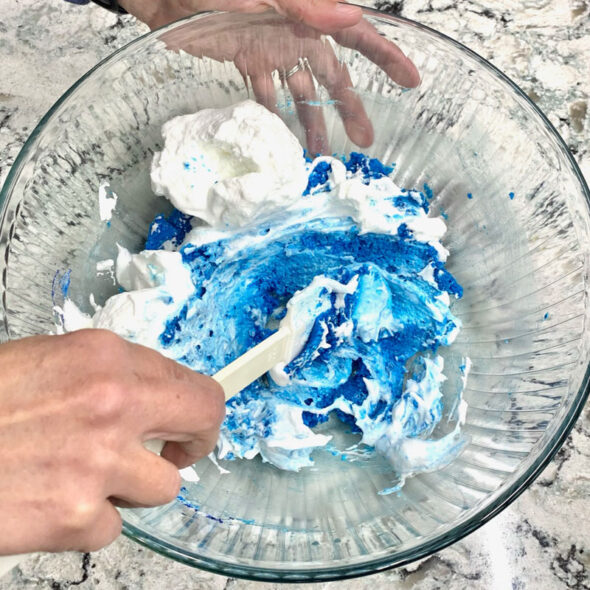
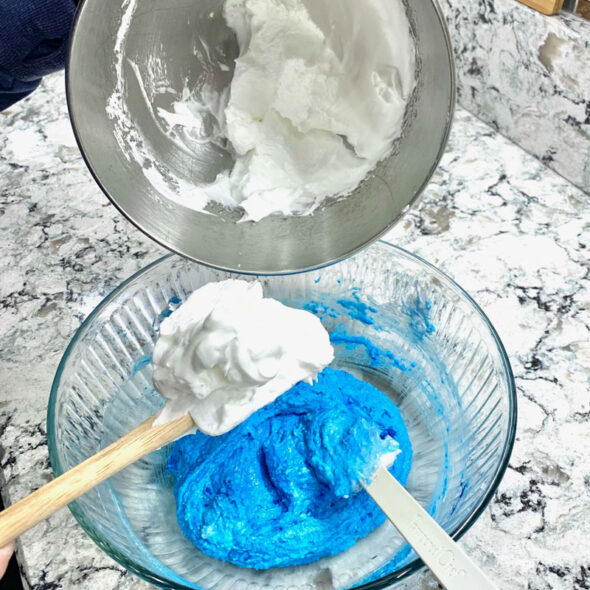
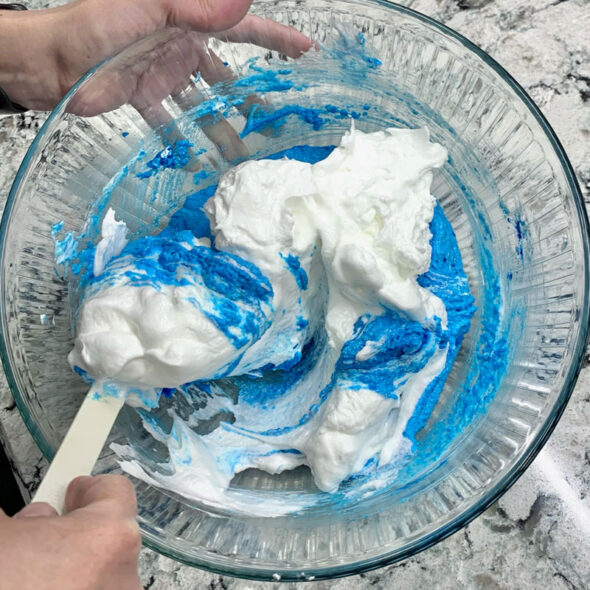
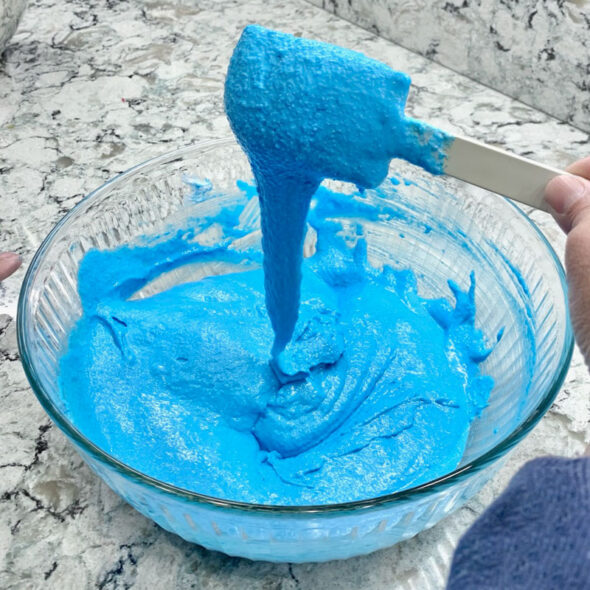
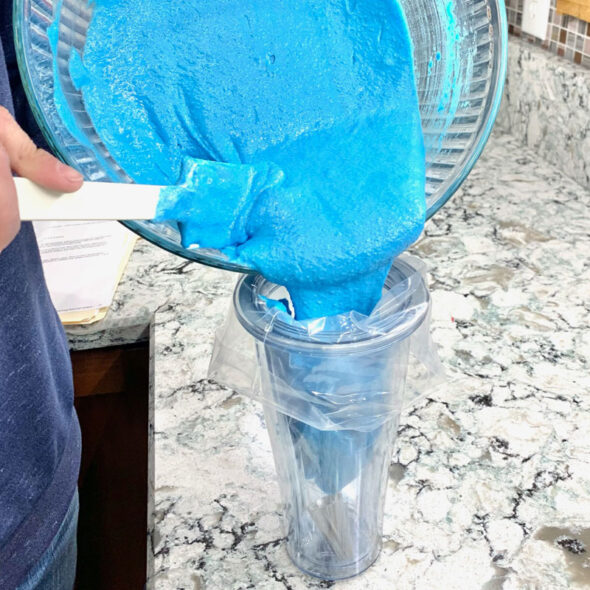
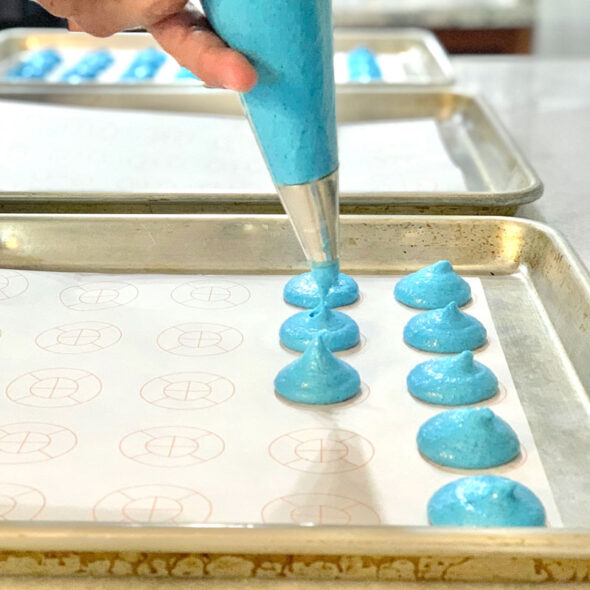
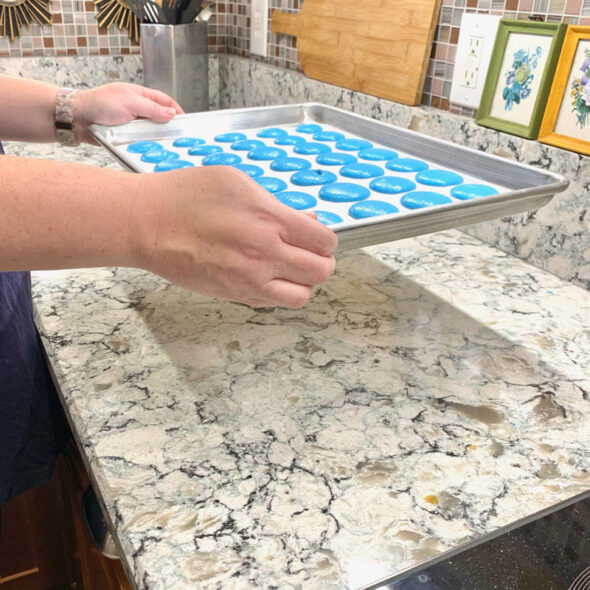
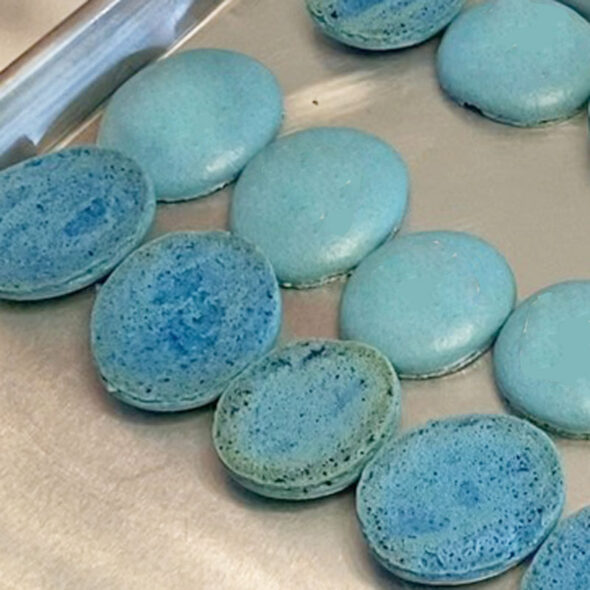
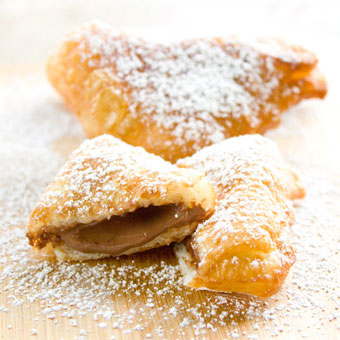
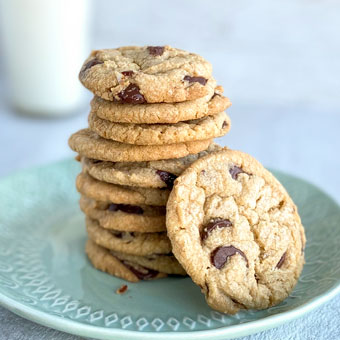
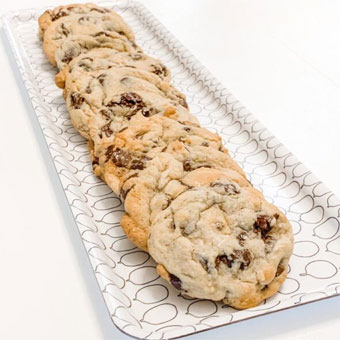




2 comments so far:
Fabulous blog! Hope to try this recipe before too long...
Maybe, we hope you do! Let us know how it comes out.